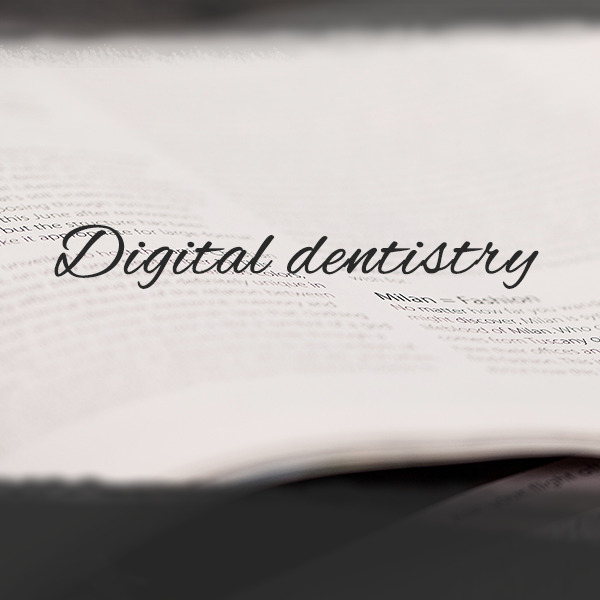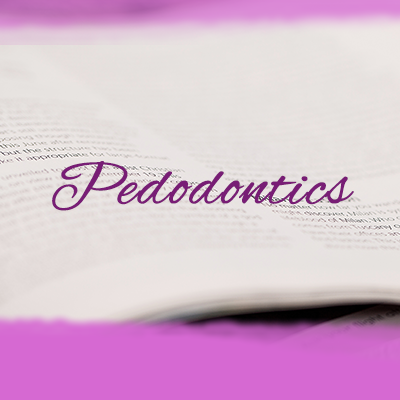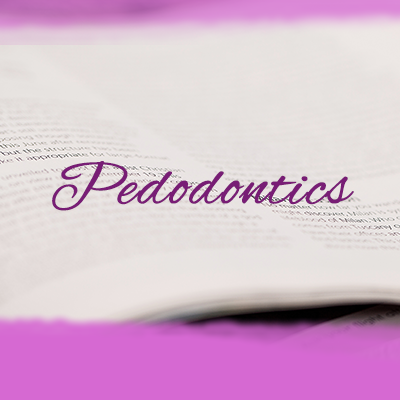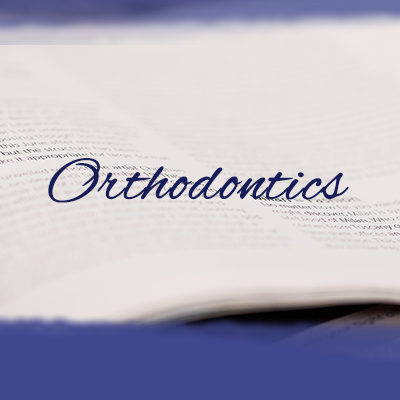CAD/CAM: Applications for transitional bonding to restore occlusal vertical dimension
• Objective: Explore the best technique for achieving stable and comfortable occlusion. This is critical for long-term oral health and the foundation of durable esthetic, restorative, periodontal, and prosthodontic treatments.
• Clinical considerations: Various techniques and therapies have been proposed for establishing, determining, and restoring ideal centric relation (CR) and vertical dimension of occlusion (VDO) in patients who require restorations and/or full-mouth rehabilitation.
An interim prosthesis phase can help establish and stabilize an enhanced esthetics and/or functional outcome for a limited period of time before the definitive dental restorations are placed. Transitional direct composite bonding and its additive nature have provided clinicians and patients with advantages when establishing a physiologic CR and VDO in interim restorations.
However, it is time consuming, tedious, and challenging chairside. The author has been using additive CAD/CAM designed and milled restorations for over 10 years to make transitional bonding more efficient, manageable, and predictable.
• Conclusion: Transitional bonded prostheses are significantly important to providing patients with an interim therapy to determine if the proposed esthetic outcome and occlusal scheme will function as expected, or if adjustments are needed prior to the delivery of the definitive long-term restorations. CR and VDO are essential for establishing a functional and healthy occlusion, ideal restoration proportions and smile design, and treatment planning esthetic and prosthodontic restorations for long-term durability.
• Clinical significance: This article reviews CR, VDO, and the characteristics of a CAD/CAM transitional bonding technique in reversing the signs and symptoms of a compromised dentition and reestablishing an ideal esthetic and functional occlusal outcome.
Transitional bonded prostheses are significantly important to providing patients with an interim therapy to determine if the proposed esthetic outcome and occlusal scheme will function as expected, or if adjustments are needed prior to the delivery of the definitive long term restorations.





